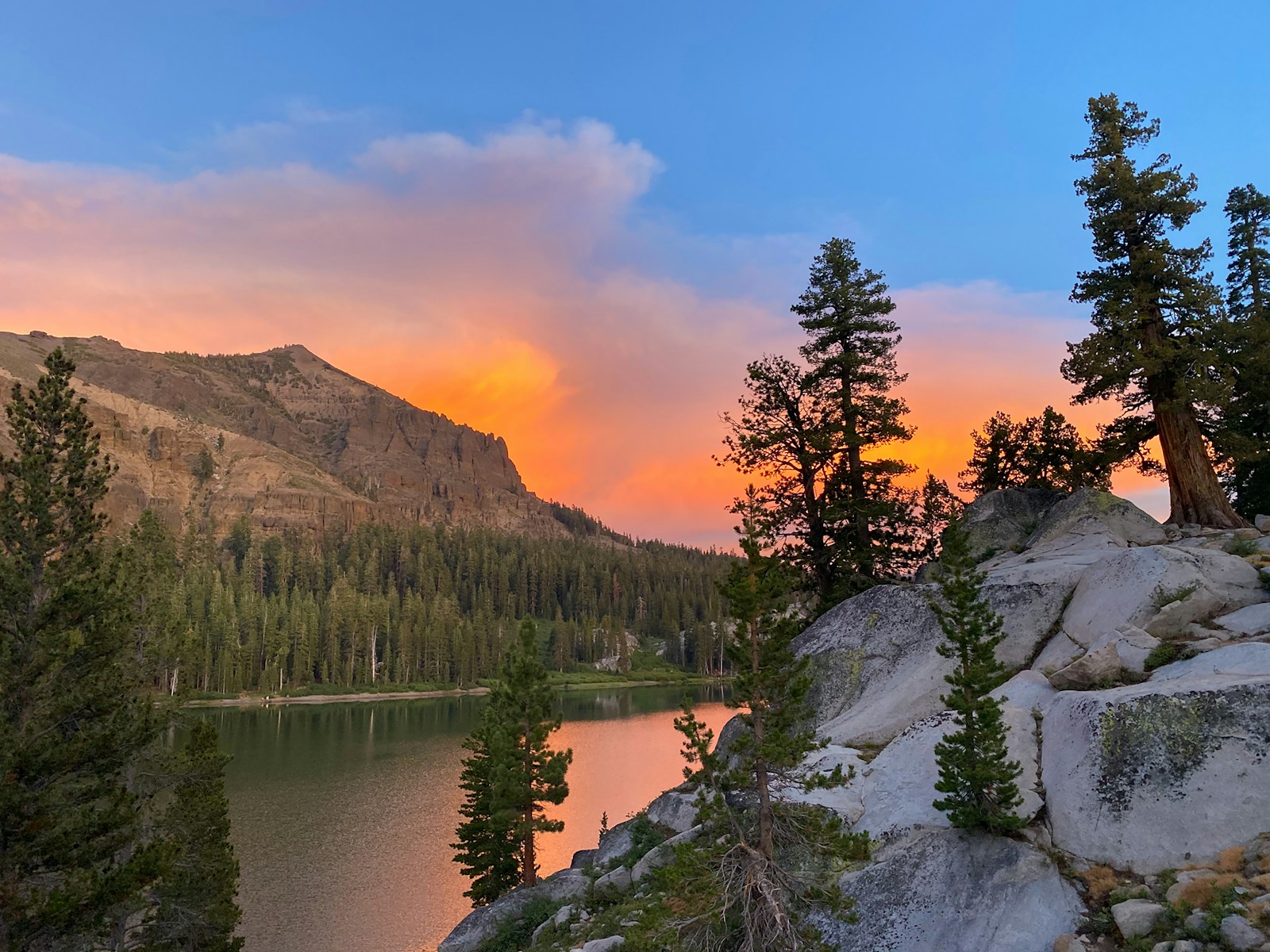In a world that never seems to slow down, the allure of secluded lakeside getaways has never been stronger. Hidden lakes—those pristine bodies of water tucked away from mainstream tourism—offer the perfect antidote to our increasingly connected and noisy lives. These natural sanctuaries provide not just stunning views and peaceful environments, but also opportunities for deep relaxation, personal reflection, and genuine reconnection with nature. Whether you’re seeking solitude, a romantic escape, or simply a break from the constant buzz of notifications, hidden lake retreats offer a special kind of tranquility that’s becoming increasingly rare in our modern world.
The Appeal of Hidden Lake Destinations
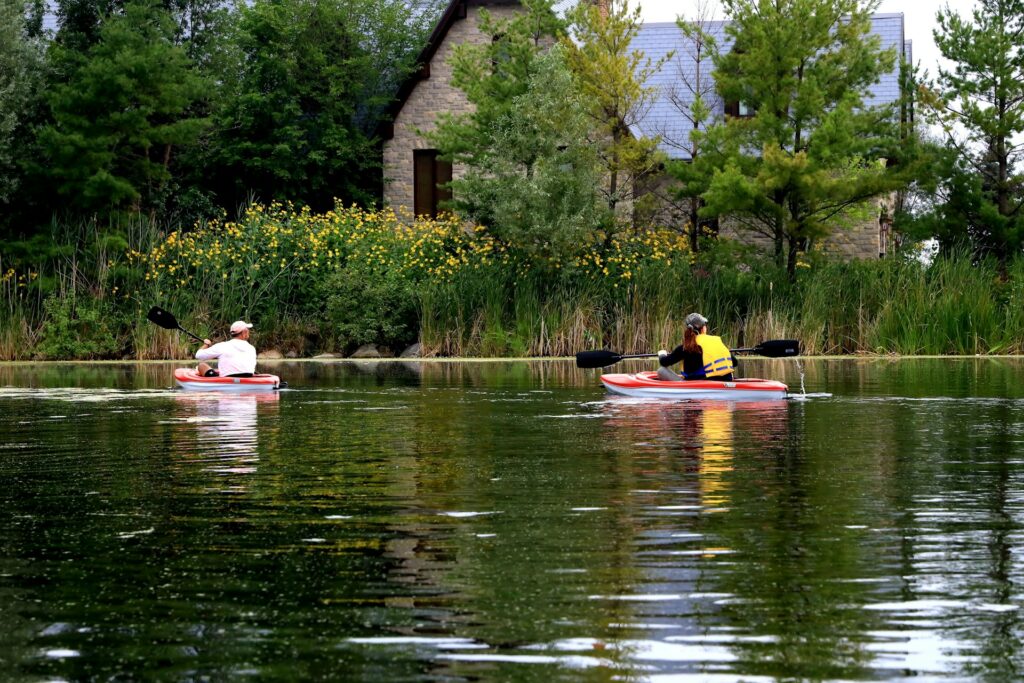
Unlike popular vacation spots where crowds and commercialization often diminish the experience, hidden lakes preserve the authentic beauty and serenity that nature intended. These secluded destinations typically feature crystal-clear waters reflecting surrounding forests or mountains, creating picture-perfect scenes that seem to exist outside of time. The limited human presence ensures minimal noise pollution, allowing visitors to hear the subtle sounds of nature—birds calling, leaves rustling, and water lapping gently against the shore. Additionally, these remote locations often boast cleaner air, darker night skies for stargazing, and undisturbed ecosystems where wildlife thrives, providing encounters that simply aren’t possible in more developed areas.
Crater Lake Lodge, Oregon
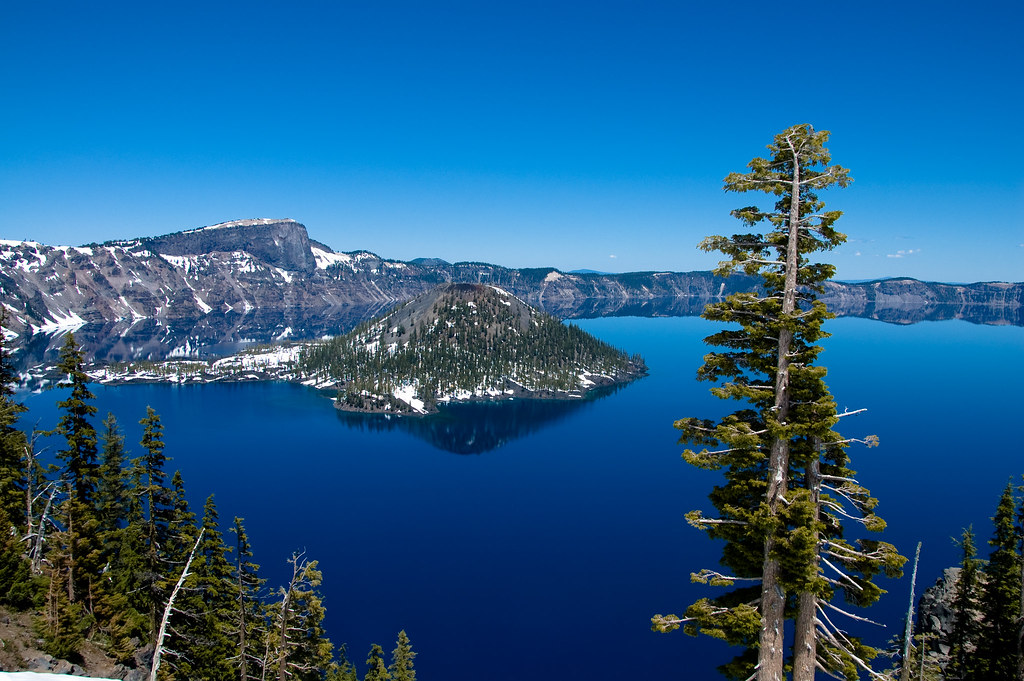
Perched on the rim of a dormant volcano that cradles the deepest lake in the United States, Crater Lake Lodge offers a truly unique hidden lake experience. The historic lodge, originally built in 1915 and carefully restored to maintain its rustic charm, provides comfortable accommodations with breathtaking views of the intensely blue waters below. Visitors marvel at the lake’s remarkable clarity and color, a result of its exceptional depth and the fact that it’s fed entirely by rain and snow rather than rivers or streams. The surrounding Crater Lake National Park offers numerous hiking trails that wind through ancient forests and along volcanic formations, providing opportunities to experience the area’s natural beauty from different perspectives while still maintaining the sense of peaceful seclusion that defines this extraordinary retreat.
Lake Königssee, Bavarian Alps
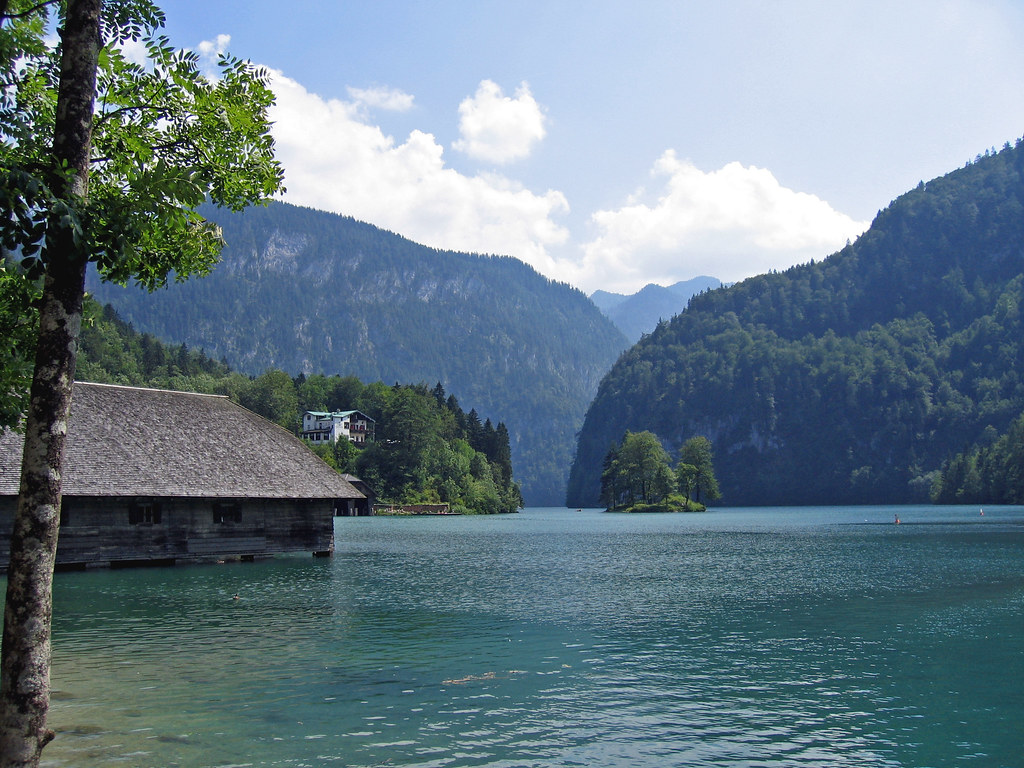
Nestled in Germany’s southeastern corner near the Austrian border, Lake Königssee represents one of Europe’s most pristine alpine lakes, protected as part of Berchtesgaden National Park. This emerald-green glacial lake stretches nearly 5 miles between towering mountain walls, creating a fjord-like setting that feels worlds away from civilization. Electric-powered boats are the only motorized vessels permitted on the lake, preserving the extraordinary tranquility of the setting and its crystal-clear waters. Visitors are often treated to a demonstration of the lake’s famous echo when boat operators play traditional flugelhorn melodies that reverberate dramatically off the surrounding rock faces, creating an experience that connects modern travelers to centuries of Bavarian tradition in this hidden natural wonder.
Lake Bled’s Hidden Cousin: Lake Bohinj, Slovenia
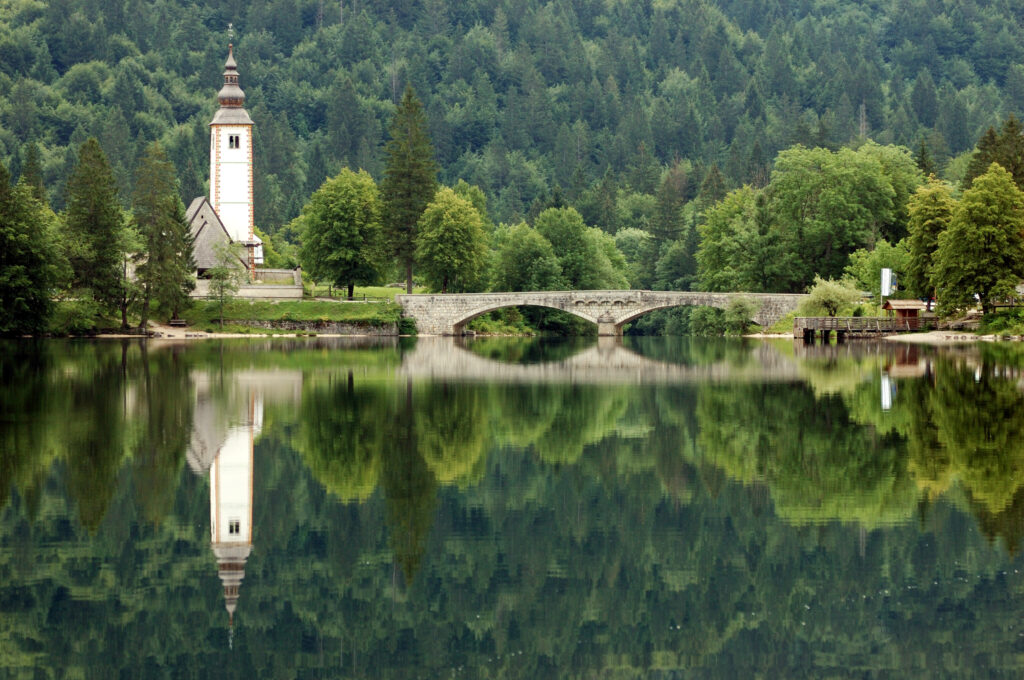
While Lake Bled attracts tourists with its fairytale island and castle, savvy travelers seeking solitude head to nearby Lake Bohinj, the larger yet less frequented gem of Slovenia’s Julian Alps. This pristine glacial lake sits within Triglav National Park, surrounded by forested mountains and traditional Alpine villages that have maintained their authentic character. The crystal-clear waters reflect the dramatic limestone peaks, creating perfect mirror images on calm mornings that photographers and artists find irresistible. Unlike its famous neighbor, Lake Bohinj offers numerous secluded spots along its 7.5-mile shoreline where visitors can find complete privacy, whether for swimming in the refreshing waters, kayaking through serene coves, or simply sitting in contemplative silence as the changing light transforms the mountain views throughout the day.
Emerald Lake Lodge, Canadian Rockies
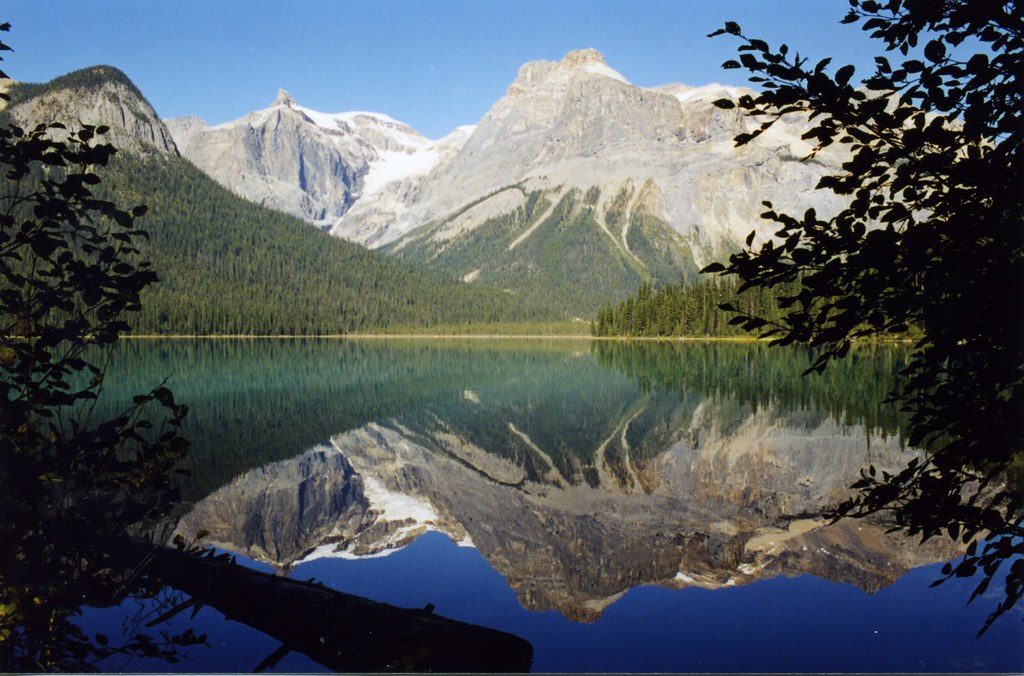
Hidden within Yoho National Park in British Columbia, Emerald Lake Lodge occupies a private island in one of the Canadian Rockies’ most stunning alpine lakes. The historic property features hand-hewn timber cabins and a main lodge built from materials dating back to 1902, creating a rustic luxury experience that complements the natural surroundings. Each cabin offers views of the vivid turquoise waters that give the lake its name—a color created by rock flour carried into the lake by glacial melt. With no television or cell service available, guests naturally disconnect from technology and reconnect with the spectacular landscape through activities like canoeing the lake at dawn when the water is perfectly still, hiking through ancient forests of cedar and fir, or simply relaxing on a private balcony as moose and elk occasionally wander along the shoreline in the golden evening light.
The Floating Cabins of Dale Hollow Lake, Tennessee
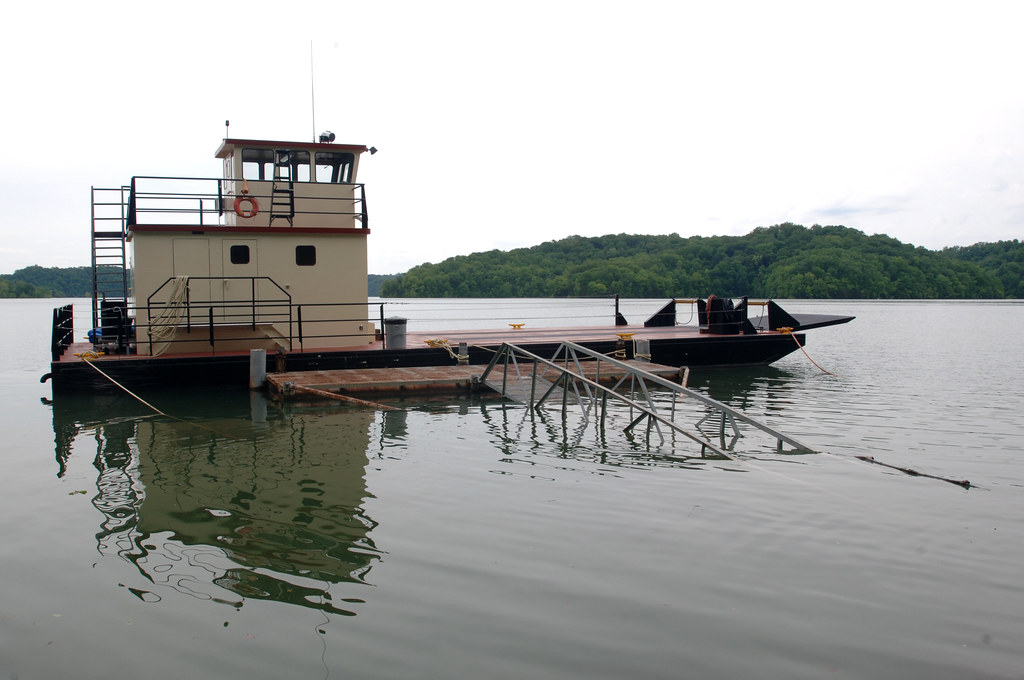
For a unique hidden lake experience in the American South, the floating cabins of Dale Hollow Lake offer an intimate connection with the water unlike any traditional accommodation. These fully-equipped houseboats remain permanently moored in secluded coves of this massive 27,700-acre reservoir that straddles the Tennessee-Kentucky border. Visitors wake to gentle rocking and the sound of water lapping directly beneath their bedroom floors, with panoramic views of wooded hillsides and limestone bluffs from private decks. The unusually clear waters of Dale Hollow Lake—often visible to depths of 30 feet or more—make it perfect for fishing, swimming, and observing underwater life directly from your accommodation. Evening hours bring spectacular sunsets that transform the water into sheets of gold and crimson, followed by nights where the only illumination comes from stars reflected in the dark waters surrounding your floating retreat.
Lake Quinault Lodge, Olympic Peninsula
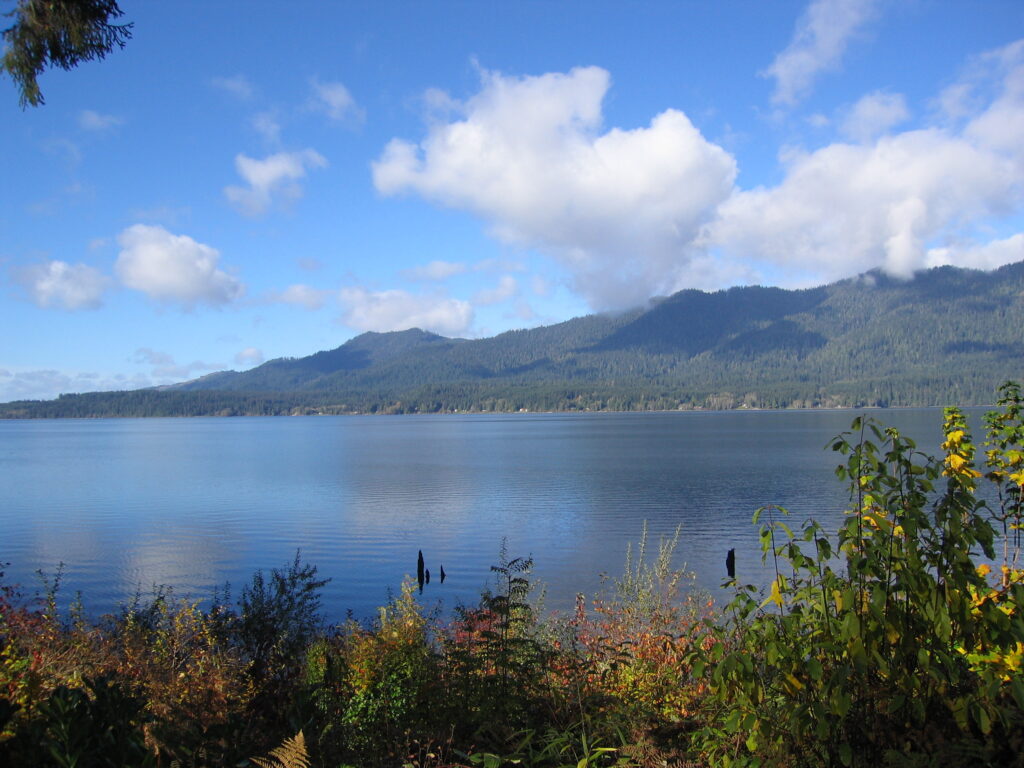
Tucked into Washington State’s Olympic Peninsula, the historic Lake Quinault Lodge offers a rare combination of old-world charm and access to one of America’s most diverse ecosystems. The 1926 rustic lodge sits on the shores of a glacially-carved lake surrounded by the only temperate rainforest in the continental United States, where annual rainfall can exceed 12 feet. Guests can explore moss-draped ancient forests where trees reach heights of 300 feet and circumferences of 60 feet, some dating back nearly 1,000 years. The lake itself remains blissfully uncrowded, with strict horsepower limitations preserving the tranquility that allows visitors to paddle through morning mist while watching for Roosevelt elk, black bear, and bald eagles that thrive in this protected wilderness just a few hours from Seattle yet worlds away in terms of solitude and natural beauty.
Lago di Braies, Italian Dolomites
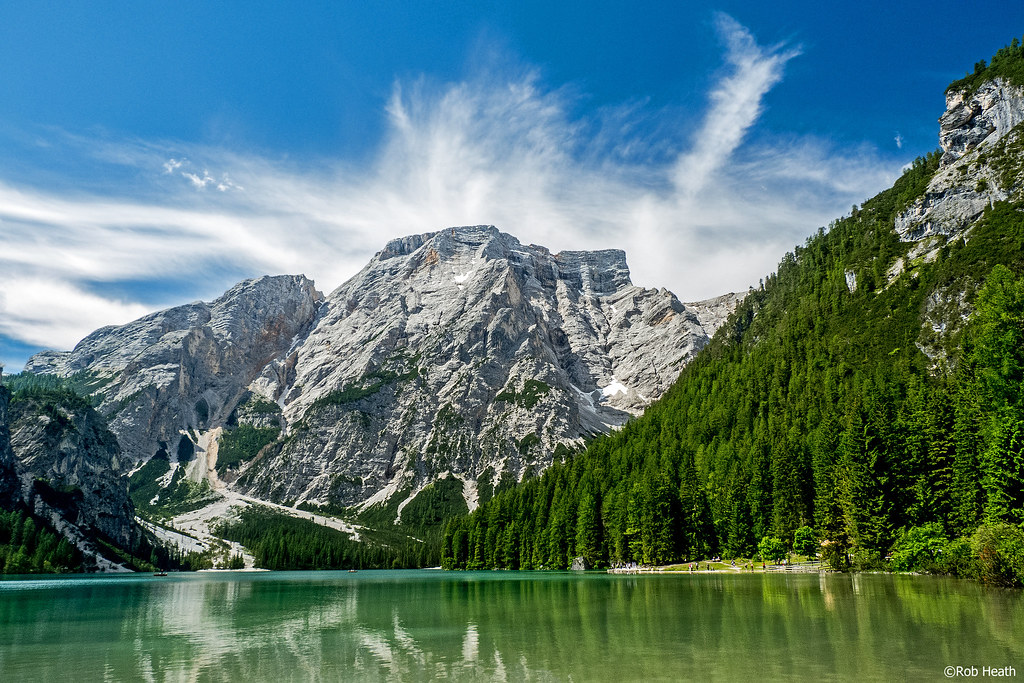
Known locally as Pragser Wildsee, this alpine jewel nestled at 4,900 feet in Italy’s South Tyrol region offers a perfect combination of accessibility and seclusion. The emerald-green waters reflect the dramatic limestone peaks of the Dolomites, creating a setting so picturesque it has become famous through social media despite its remote location. Visitors can circumnavigate the entire lake on a 2.5-mile trail that varies between easy wooden boardwalks and more challenging rocky sections, offering constantly changing perspectives of the mountain-ringed waters. The historic Hotel Lago di Braies, built in 1899, provides accommodation directly on the lakeshore, allowing guests to experience the special magic of early mornings and evenings when day-trippers have departed and the lake returns to its natural state of tranquility. During summer months, wooden rowboats can be rented for exploring the lake’s hidden corners, while winter transforms the scene into a snow-covered wonderland where the frozen lake surface occasionally becomes safe for walking.
Plitvice Lakes Hidden Boardwalk Cabins, Croatia
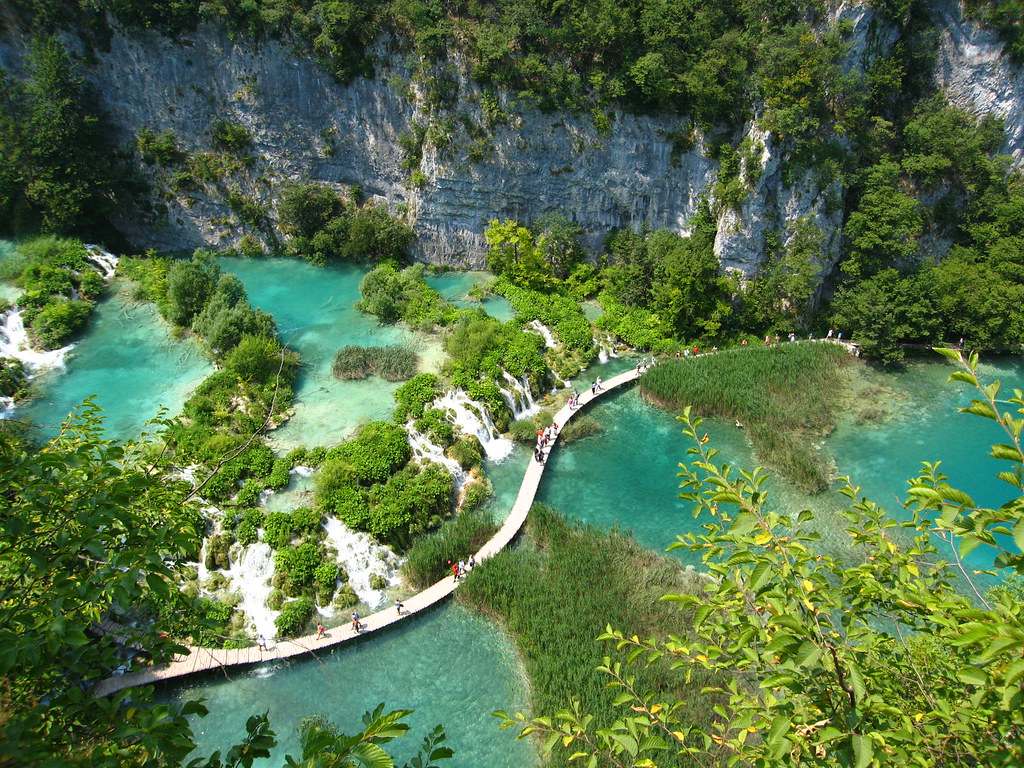
While Plitvice Lakes National Park has gained international fame for its cascading waterfalls and sixteen interconnected lakes, few visitors discover the hidden accommodations tucked discreetly into the forest just outside the park boundaries. These eco-friendly wooden cabins offer the rare opportunity to experience this UNESCO World Heritage site during the quiet hours before and after the daily influx of tourists. Staying overnight allows visitors to access the park’s network of wooden boardwalks in the early morning light when mist rises from the turquoise waters and wildlife is most active, creating photographic opportunities impossible to capture during busier hours. The cabins themselves blend harmoniously with the surrounding beech and fir forests, featuring locally sourced materials and traditional construction techniques that minimize environmental impact while providing comfortable, authentic accommodations from which to explore Croatia’s most famous lake system in relative solitude.
Lake Crescent Lodge, Olympic National Park
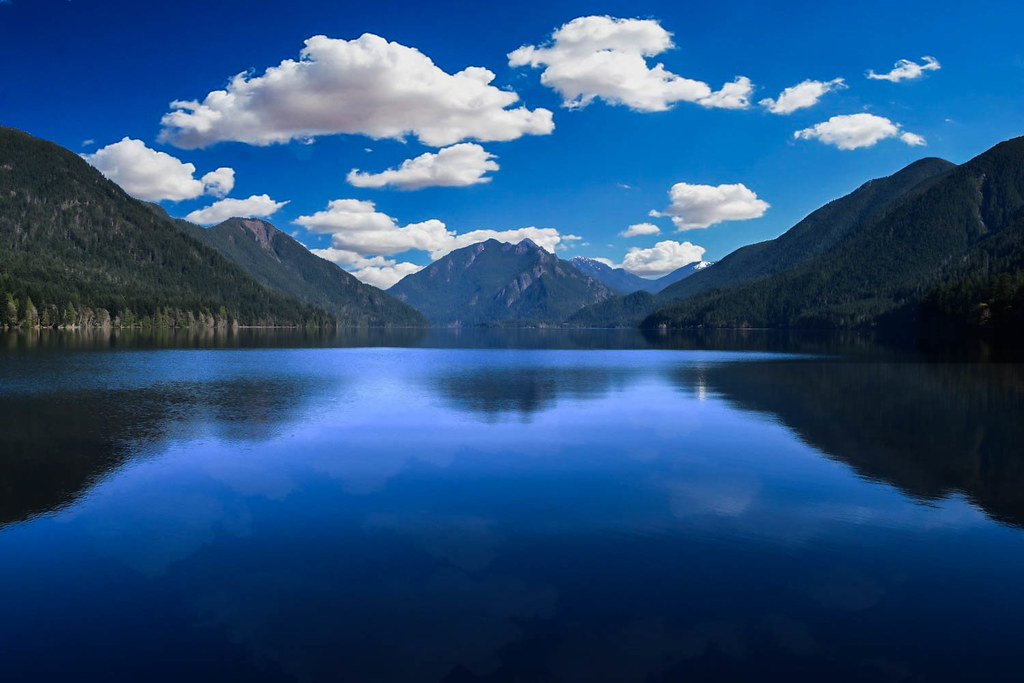
Nestled against the northern edge of Washington’s Olympic Peninsula, Lake Crescent Lodge offers a historic retreat on the shores of a glacier-carved lake known for its exceptional clarity and striking blue waters. Built in 1915 as “Singer’s Tavern,” the main lodge maintains its rustic charm with a massive stone fireplace and sunroom overlooking the lake, while surrounding cottages provide privacy among ancient cedars and firs. The unusually deep lake (reaching depths over 600 feet) creates a striking azure color rarely found in freshwater bodies, resulting from low levels of nitrogen that inhibit algae growth. Visitors can explore the pristine waters by kayak or vintage canoe, venture onto trails leading to hidden waterfalls like Marymere Falls, or simply relax in Adirondack chairs along the shoreline as osprey dive for fish and the surrounding mountains cast ever-changing reflections across the crystal waters.
Hidden Valley Lake, Aboriginal Lands, Australia
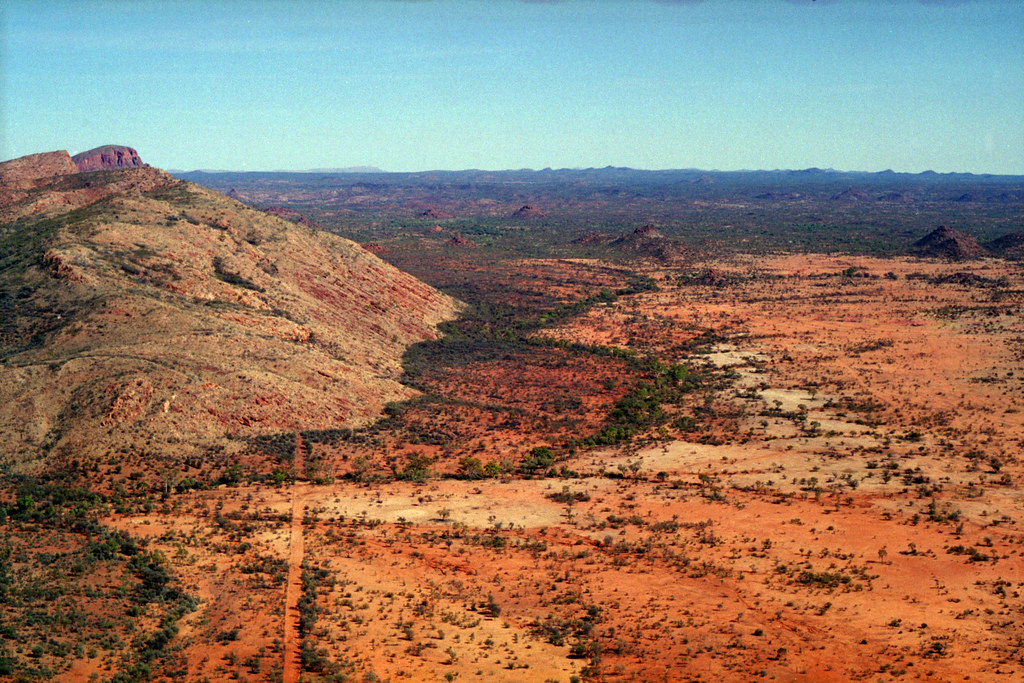
Located within the ancestral territories of the Arrernte people in Australia’s Northern Territory, Hidden Valley Lake (known traditionally as Trephina Gorge) offers a desert lake experience unlike any other on this list. This semi-permanent waterhole forms in a dramatic red rock gorge east of Alice Springs, creating a striking contrast between rust-colored quartzite cliffs and the cool blue waters below. Access requires permission and often an Indigenous guide, ensuring both cultural respect and a genuine off-the-beaten-path experience. Visitors who make the journey are rewarded with the opportunity to learn about the deep spiritual significance of water in this arid landscape while swimming in pools that have provided sustenance to Aboriginal people for over 20,000 years. The surrounding ghost gum trees, which can live for centuries despite the harsh conditions, create a hauntingly beautiful framework for this hidden oasis where time seems to stand still and modern concerns feel impossibly distant.
Lake Oeschinen, Swiss Alps
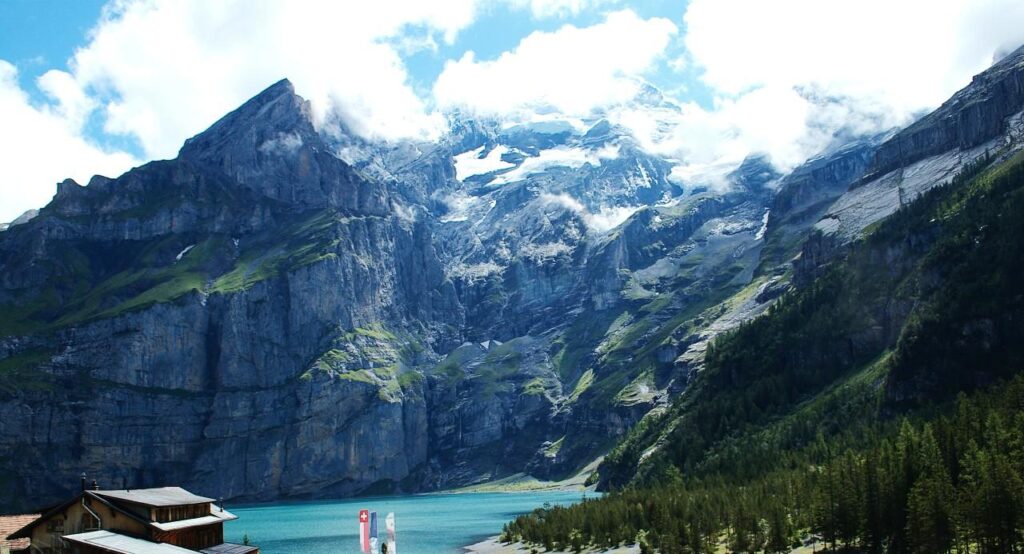
Accessible only by cable car followed by a gentle hiking trail, Lake Oeschinen represents one of Switzerland’s most perfectly preserved alpine lakes, nestled at 5,177 feet in the Bernese Oberland region. This glacial lake’s intense blue waters perfectly reflect the surrounding peaks of Blüemlisalp, creating postcard-worthy views that reward those willing to venture beyond the more accessible tourist destinations. The relative difficulty of access ensures that even during peak summer months, visitors can find secluded spots along the shoreline for peaceful contemplation or picnicking. Traditional Swiss mountain huts offer rustic accommodation options for those wishing to experience the magical transformation of the lake at sunset when the limestone peaks glow pink with alpenglow, and at dawn when the perfectly still waters create mirror images of the surrounding mountains before the day’s first hikers arrive.
Planning Your Perfect Hidden Lake Retreat
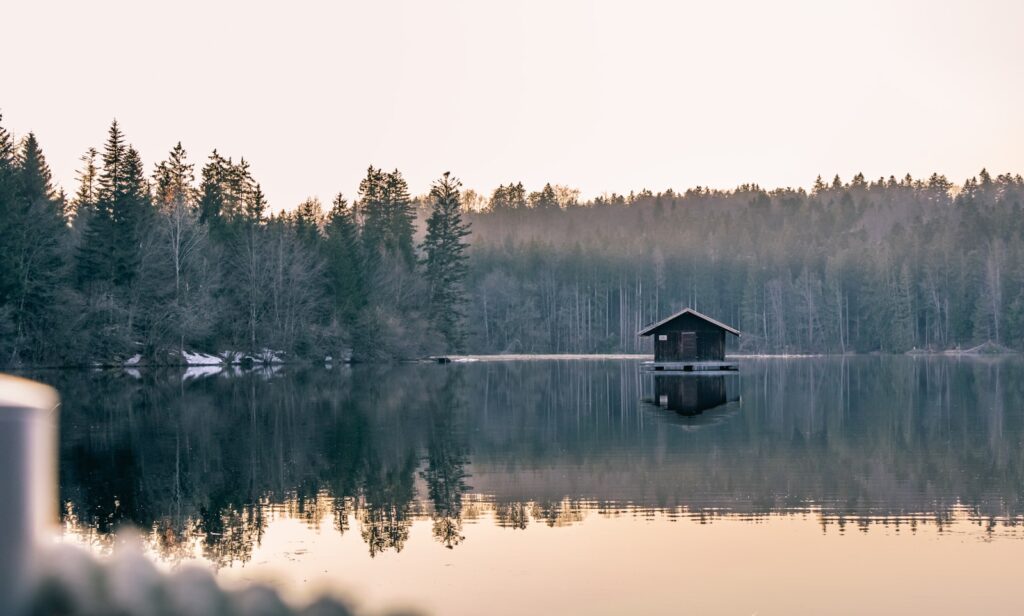
Successfully escaping to a hidden lake destination requires thoughtful preparation that balances the desire for seclusion with practical considerations. Research seasonal variations carefully, as many remote lakes are inaccessible during winter months or, conversely, may be more crowded during peak summer periods. Consider transportation logistics thoroughly, as true hidden gems often require combination journeys involving flights, drives, and potentially hiking or boat transfers to reach your final destination. Pack appropriately for the specific environment, including insect protection, suitable footwear for varied terrain, and layers to accommodate temperature fluctuations common around bodies of water. Most importantly, adopt a flexible mindset that embraces the unexpected—whether that’s a sudden weather change, wildlife encounter, or discovering that your chosen spot requires more physical effort to reach than anticipated—as these unplanned elements often transform a simple retreat into a truly memorable experience of natural discovery.
The world’s hidden lakes offer rare opportunities to step outside the routines and pressures of modern life, providing natural sanctuaries where time slows and genuine rejuvenation becomes possible. Whether you choose a historic lodge on a mist-shrouded mountain lake or a floating cabin on a southern reservoir, these secluded water retreats share a common promise—the chance to experience landscapes largely unchanged by human development and to rediscover the restorative power of quietude. In our increasingly connected world, perhaps the greatest luxury isn’t found in amenities or services but in these increasingly rare pockets of natural tranquility where we can hear our own thoughts, reconnect with natural rhythms, and return to our everyday lives with renewed perspective and appreciation for the planet’s hidden aquatic treasures.

